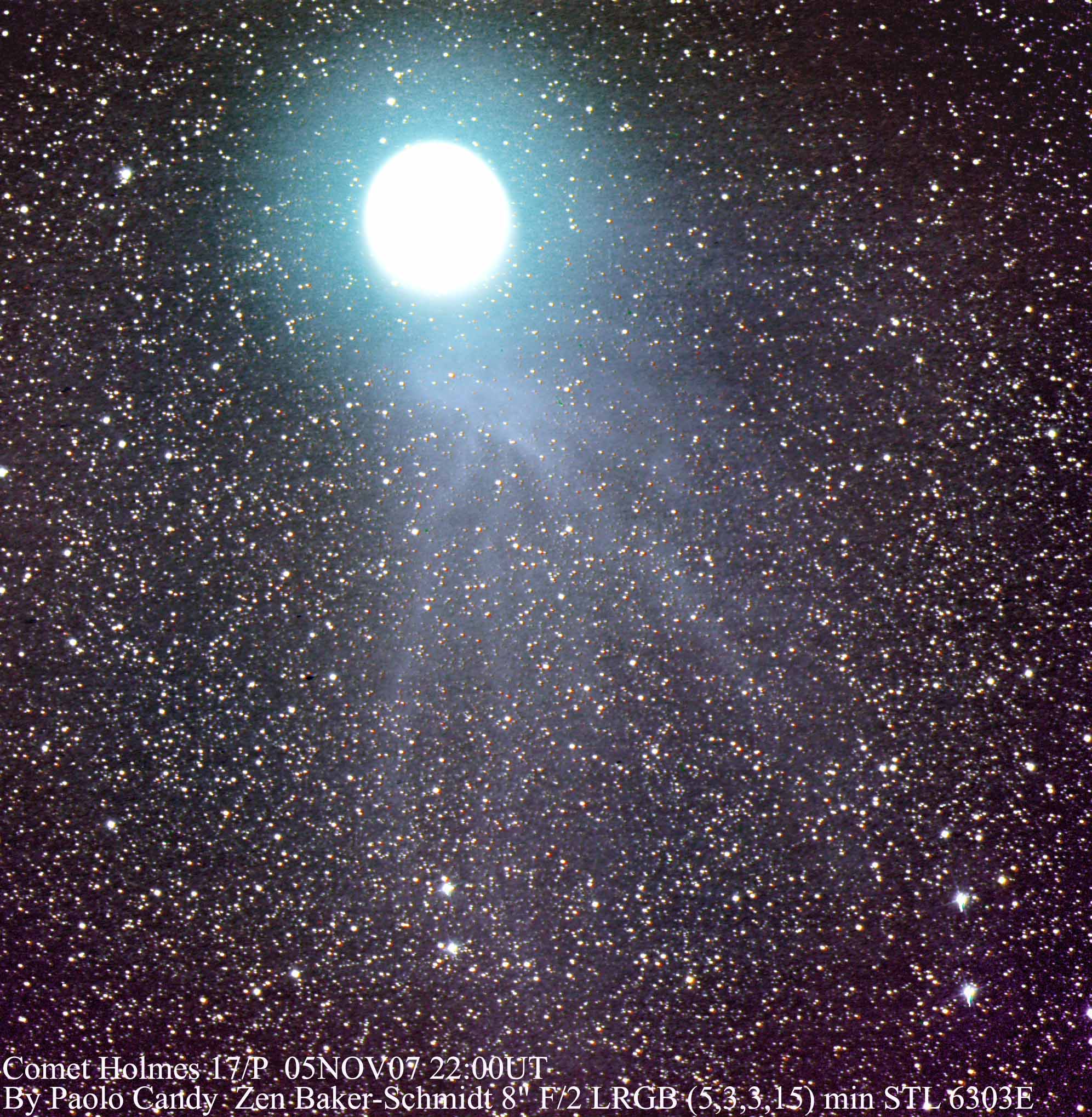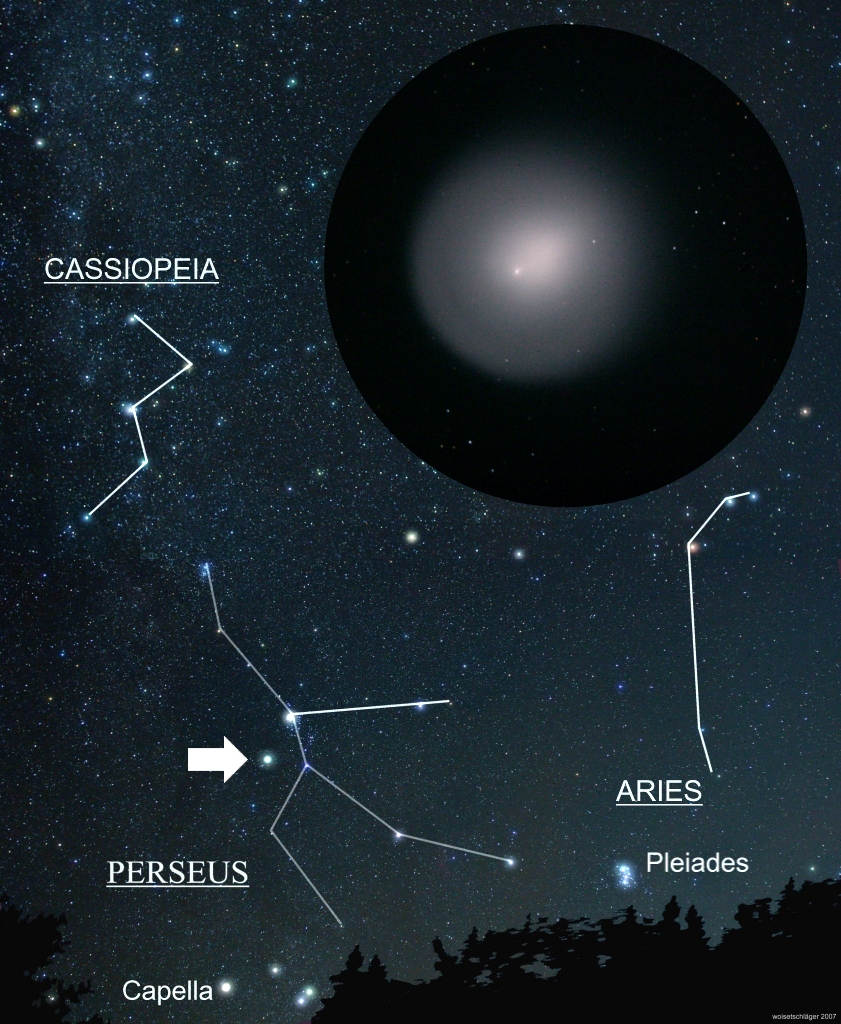 A mãe de um dos astronautas actualmente a bordo da Estação Espacial Internacional ISS, Dan Tani, faleceu ontem num acidente de viação.
A mãe de um dos astronautas actualmente a bordo da Estação Espacial Internacional ISS, Dan Tani, faleceu ontem num acidente de viação.Se a missão do Space Shuttle tivesse sido lançada como previsto, no início deste mês, Tani estaria já na Terra, mas assim terá de esperar pelo lançamento, que será em Janeiro, na melhor das hipóteses. Não há forma de o fazer regressar antes.
Uma situação difícil e inédita para um astronauta da NASA.
Fonte: Email da CBS Space News
Tani's mother killed in car-train collision
Space station astronaut Dan Tani's 90-year-old mother, Rose, was killed today when her car was struck by a train in Lombard, Ill., a suburb of Chicago, police said.
In a statement, the Lombard Police Department said a preliminary investigation showed Rose Tani went around a school bus that was stopped at a railroad crossing, "going past the downed crossing gate at which time the westbound train struck the passenger side of the vehicle."
She was transported to Good Samaritan Hospital where she was pronounced dead, police said.
Launched to the international space station aboard the shuttle Discovery Oct. 23, Dan Tani was originally scheduled to return to Earth this week aboard the shuttle Atlantis. Liftoff originally was planned for Dec. 6, which would have resulted in a landing today. But Atlantis was grounded twice by suspect fuel sensors and the flight is now on hold until Jan. 10 at the earliest.
Tani and his two station crewmates - Expedition 16 commander Peggy Whitson and flight engineer Yuri Malenchenko - can return to Earth aboard a Russian Soyuz capsule in a life-threatening emergency, but that is not an option for the death of a friend or family member.
"This is something we consider," former astronaut Jim Voss told CBS Radio. "NASA understands there is a possibility of things like this happening while someone is on orbit. And they actually get the crew member's permission to either tell them or not tell them when something happens like this."
Most astronauts, Voss said, choose to be informed.
"It's particularly difficult to have a loss like that when you're in orbit because you're kind of helpless, you can't do anything, you can't be there to be with the family, you feel very, very isolated," Voss said. "And I think for Dan, this will be just a very, very difficult thing because of the closeness of the family member and not being able to return.
"Even in the military, when people are very isolated and far away, they make every effort possible when there's a death in the family to return the service member to be back with their family. And that probably is not a possibility in this case. You just can't do that. It's something you just have to endure."
Tani has trained with Whitson and Malenchenko for years and Voss said the closeness of the crew will be a comfort.
"And of course, NASA will offer any assistance that they can," he said. "They have flight surgeons who have worked very closely with the crew and know them extremely well and they're trained to assist in cases like this. ... It'll just be a very hard time for him for a while on orbit."
Tani's father, Henry N. Tani, is deceased, according to Dan Tani's NASA biography. Rose Tani lived in Lombard. During World War 2, Tani's parents and a brother were forced to leave their home and move to a California internment camp. They were U.S. citizens, but like 100,000 other Japanese-Americans, they had no choice.
In an interview with CBS radio station WBBM-AM before Tani's launch aboard Atlantis, Rose said she was proud of her son, adding "he was lucky to be picked as an astronaut."























